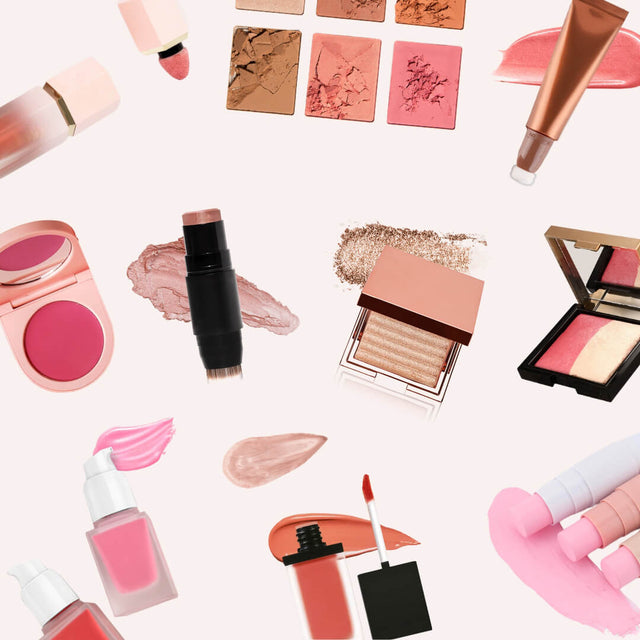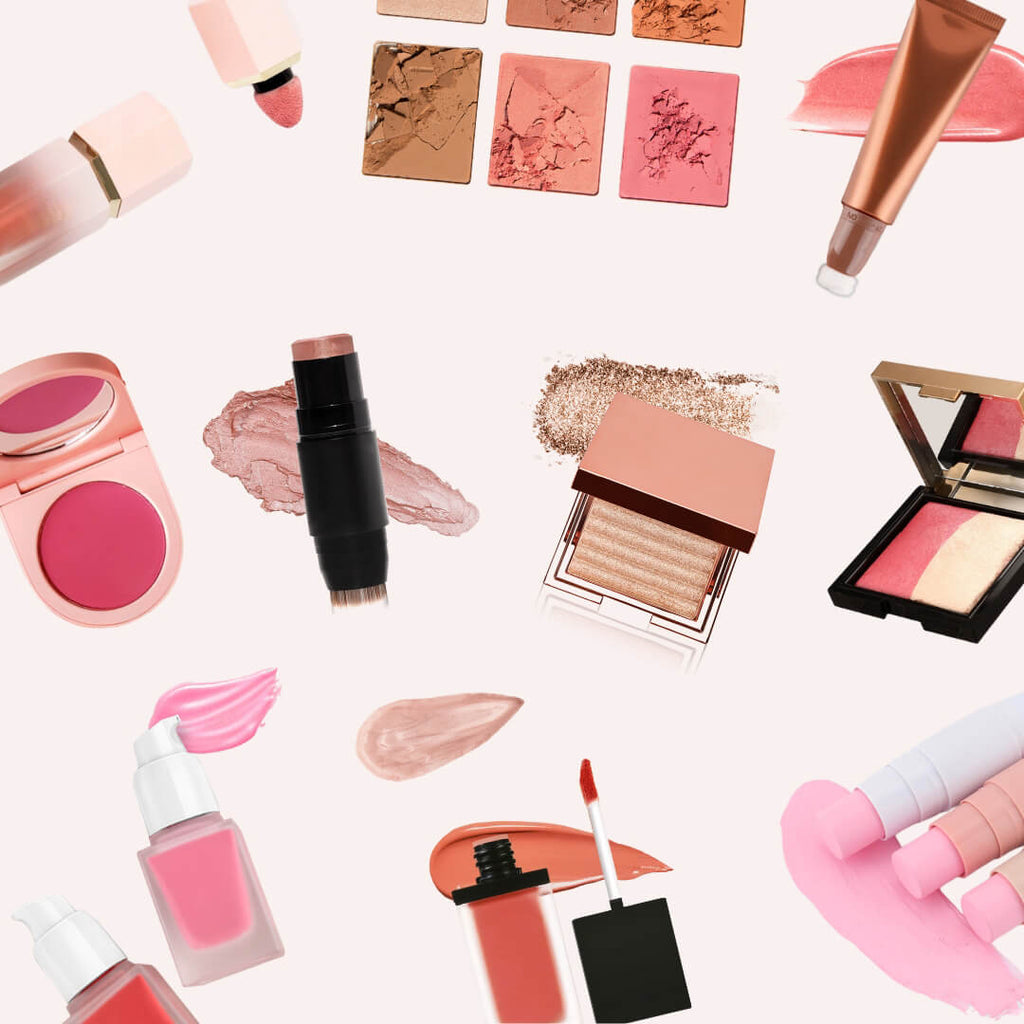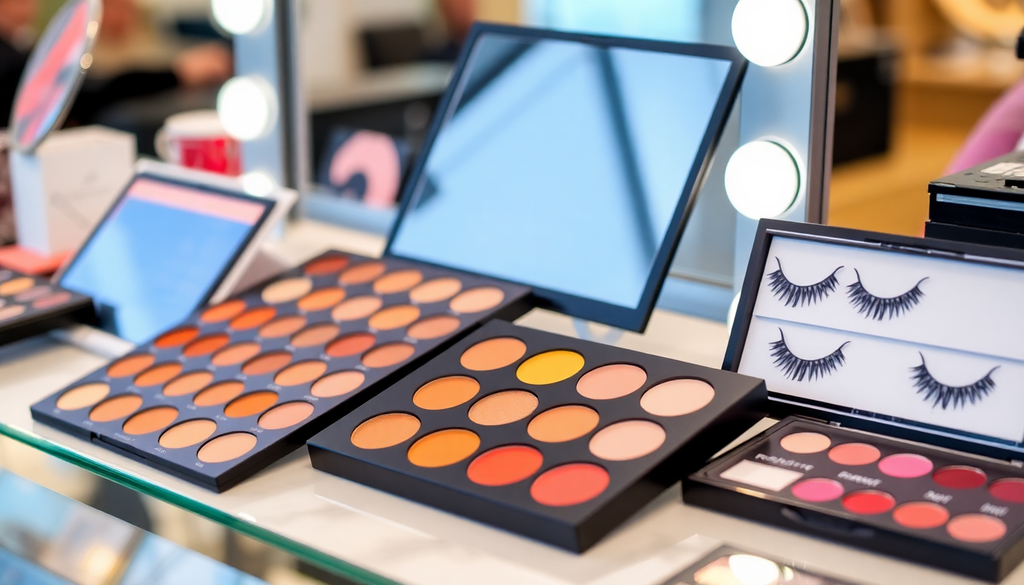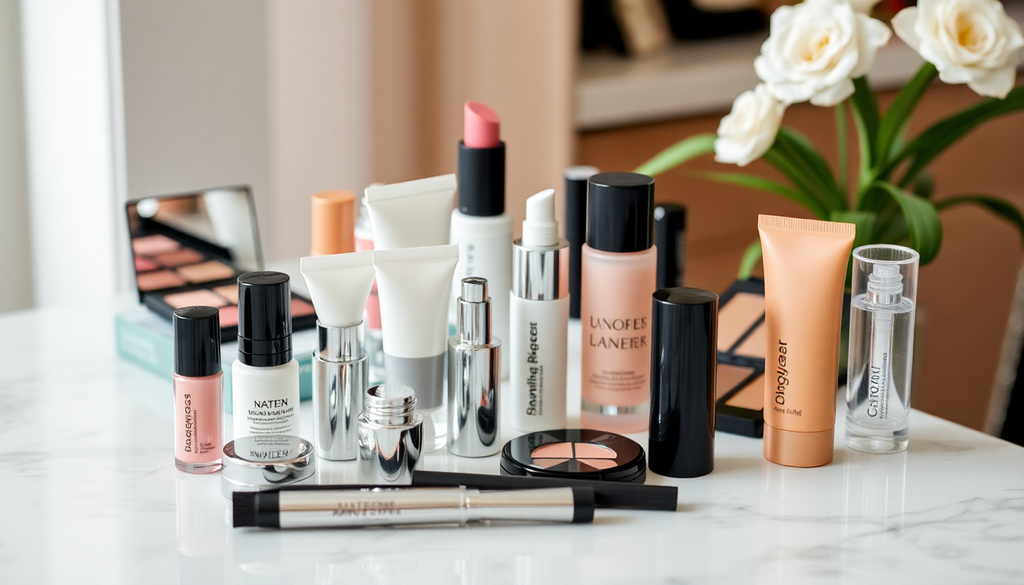
Launching Your Makeup Brand in 2025: Essential Strategies for Navigating Global Cosmetics Regulations and Marketing Across Diverse Markets
Introduction
As we step into 2025, the beauty industry continues to evolve with trends and consumer preferences shifting rapidly. The global cosmetics market is projected to reach unprecedented heights, and launching a makeup brand requires not only creativity and passion but also a keen understanding of global cosmetics regulations and marketing strategies tailored to diverse markets. This article will provide essential strategies to successfully navigate these challenges and set your brand up for success.
Understanding Global Cosmetics Regulations
Each market has its own set of regulations governing cosmetics, making it imperative to research and comply with these rules to ensure your products can be sold legally. Here’s a breakdown of key regions:
- United States: The FDA regulates cosmetics, requiring product labeling, ingredient safety, and adherence to Good Manufacturing Practices (GMP). It’s essential to provide a full ingredient list on your packaging and comply with the Fair Packaging and Labeling Act.
- European Union: The EU has stringent regulations, including the EU Cosmetics Regulation that mandates safety assessments, labeling requirements, and the need for a Responsible Person in the EU. Products must undergo a safety assessment before being sold, and compliance with REACH (Registration, Evaluation, Authorisation, and Restriction of Chemicals) is essential.
- Canada: Health Canada oversees cosmetics, requiring notification of cosmetic products and compliance with labeling standards under the Cosmetic Regulations. Ensure your product labels are bilingual (English and French) and include all necessary warnings and ingredient lists.
- Australia: The National Industrial Chemicals Notification and Assessment Scheme (NICNAS) requires all cosmetics to be safe for use and properly labeled. Additionally, products are classified based on their ingredients and potential health risks.
- Asia: Markets like China have unique regulations, including mandatory animal testing for imported cosmetics, while others, such as South Korea and Japan, have specific labeling requirements, including the need for product efficacy claims to be backed by scientific evidence.
Essential Certifications and Import Policies
Obtaining the right certifications can bolster your brand's credibility and appeal to consumers. Here are some key certifications to consider:
- ISO Certification: Shows compliance with international standards for quality and safety, which can enhance your brand's reputation.
- Leaping Bunny Certification: Indicates that your products are cruelty-free, appealing to conscious consumers who prioritize ethical considerations in their purchasing decisions.
- Vegan Certification: Important for attracting vegan customers, ensuring that no animal-derived ingredients are used in your formulations.
- Organic Certification: If your products are made from organic ingredients, obtaining certification can attract eco-conscious consumers.
- Good Manufacturing Practices (GMP): Compliance with GMP can assure consumers of the safety and quality of your products.
Additionally, understanding the import policies of each country is critical, as tariffs and regulations can significantly impact your pricing strategy. Research the harmonized system codes for your products to better navigate tariffs and customs duties.
Setting Up Your Makeup Online Store
In today’s digital age, an online presence is crucial for any makeup brand. Here’s how to effectively set up your makeup online store:
- Choose the Right E-commerce Platform: Options like Shopify, WooCommerce, or BigCommerce provide user-friendly interfaces to manage your store. Consider your specific needs, such as scalability, ease of use, and payment gateways.
- Mobile Optimization: Ensure your website is mobile-friendly, as a significant portion of consumers shop via smartphones. Optimize loading times and ensure that the checkout process is seamless on mobile devices.
- High-Quality Product Photography: Invest in professional photography to showcase your products attractively. Use lifestyle images that depict your products in use to resonate with potential buyers.
- SEO Optimization: Use relevant keywords in your product descriptions and blog content to improve search rankings. Incorporate long-tail keywords that potential customers might use when searching for makeup products.
- Customer Reviews and Testimonials: Incorporate customer reviews to build trust and credibility. Positive reviews can significantly influence purchasing decisions, especially in the makeup industry.
- Secure Payment Options: Offer multiple payment options (credit cards, PayPal, etc.) to cater to diverse customer preferences and enhance the shopping experience.
Innovative Marketing Strategies for Diverse Markets
Marketing your makeup brand effectively in different regions requires a tailored approach. Here are some strategies to consider:
- Leverage Social Media Influencers: Collaborate with influencers who resonate with your target audience in each market. Choose influencers that align with your brand values and have a genuine connection with their followers.
- Content Marketing: Create engaging content that educates consumers about your products and their unique formulations. Use blogs, tutorial videos, and social media posts to showcase different ways to use your products.
- Localized Advertising: Adapt your advertising campaigns to reflect local languages, cultures, and beauty standards. This can include using local models, culturally relevant messaging, and region-specific promotions.
- Utilize User-Generated Content: Encourage customers to share their experiences using your products on social media, building community and trust. Feature user-generated content on your platforms to foster a sense of belonging.
- Email Marketing: Build an email list and engage with your subscribers through newsletters, product launches, and exclusive promotions. Personalize your emails based on customer preferences and purchase history.
- Virtual Events and Webinars: Host online events or webinars for product launches, tutorials, or Q&A sessions. This can help create a deeper connection with your audience and showcase your expertise in the beauty industry.
Trends to Watch in the Makeup Industry
As you launch your brand, staying updated on industry trends is essential. Some key trends for 2025 include:
- Sustainable Packaging: Consumers are increasingly seeking eco-friendly packaging options. Consider using biodegradable, recyclable, or reusable packaging materials to appeal to environmentally conscious customers.
- Personalization: Customizable makeup products that cater to individual consumer preferences are on the rise. Offering personalized shades or formulations can enhance customer satisfaction and loyalty.
- Inclusivity: Brands that offer a wide range of shades and products for diverse skin tones are gaining traction. Ensure your foundation and concealer ranges cater to a broad spectrum of skin tones.
- Technology Integration: Augmented reality (AR) tools for virtual try-ons are becoming popular in online shopping experiences. Implement AR technology to allow customers to visualize how products will look on them before purchasing.
- Minimalism and Clean Beauty: The clean beauty trend emphasizes transparency and simplicity in ingredients. Consumers are leaning towards brands that prioritize natural, non-toxic ingredients.
- Social Responsibility: Brands that engage in social causes and give back to the community resonate with today’s consumers. Consider initiatives that align with your brand values and contribute positively to society.
Building a Strong Brand Identity
Creating a memorable brand identity is crucial for standing out in the competitive makeup market. Here are some steps to establish your brand identity:
- Define Your Brand Values: Clearly outline what your brand stands for. This could include sustainability, cruelty-free practices, inclusivity, or empowerment.
- Create a Unique Brand Story: Your brand story should resonate with your target audience and reflect your mission, vision, and the inspiration behind your products.
- Design a Distinctive Logo and Packaging: Invest in professional design services to create a logo and packaging that reflect your brand’s personality and values. Eye-catching packaging can enhance shelf appeal and attract customers.
- Engage with Your Audience: Build a community around your brand by engaging with your audience on social media, responding to comments, and encouraging feedback. This can foster loyalty and create a sense of belonging among your customers.
Conclusion
Launching a makeup brand in 2025 is an exciting venture filled with opportunities and challenges. By understanding global cosmetics regulations, obtaining necessary certifications, setting up an appealing online store, and employing innovative marketing strategies, you can navigate the complexities of the beauty industry successfully. Stay ahead of trends, adapt to market needs, and prioritize building a strong brand identity. Your brand could shine in the crowded cosmetics landscape, capturing the hearts of consumers worldwide.




